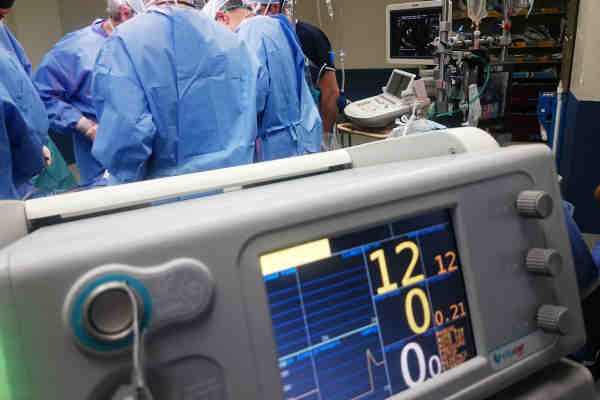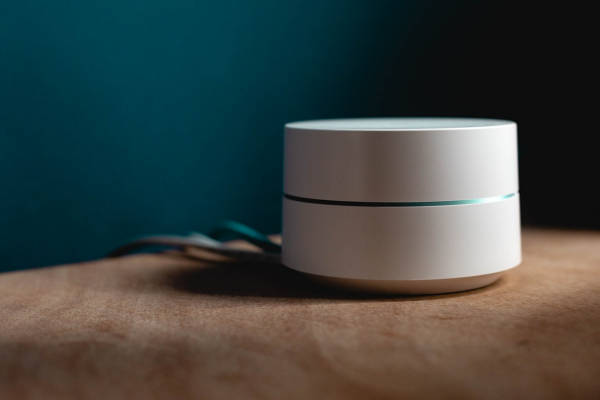LoRa FCC Certification Guide
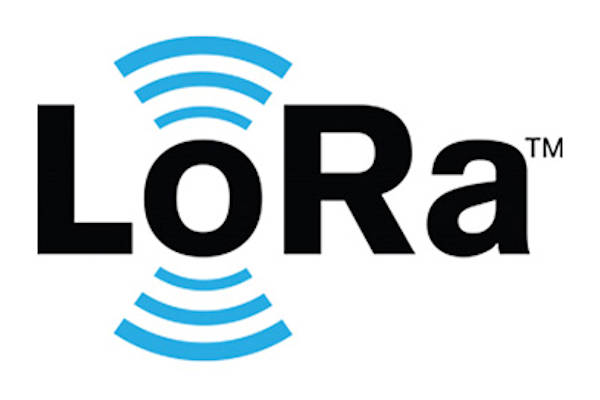
What is required for the FCC Certification of my LoRa product?
While we conduct FCC certification testing on numerous wireless technologies, the most common sub-GHz radio technology we work on is LoRa based wireless devices.
As former wireless designers, we the performer of LoRa is quite stunning for the chip costs. While we have never gotten our own LoRa designs to go quite 10 kilometers, we have consisently been able to go out to ranges of 3000 meters using small helical antennas. Considering the chips cost only several dollars, it’s really quite hard to go wrong with considering a LoRa based solution for your next wireless product.
Because of the popularity of LoRA devices, we on a daily basis we receive questions regarding FCC certification of the transmitters. In terms of FCC testing, LoRa devices can be a bit more challenging as they can operate both a fixed channel transmitter or as a frequency hopping transmitter (as found in the LoRaWAN protocol).
In this article, we’ll introduce LoRa technology and some background context on the devices. We’ll then move into the applicable FCC certification requirements and how you can prepare for FCC testing your product.
LoRa Is A Family of Sub GHz Radio Technologies
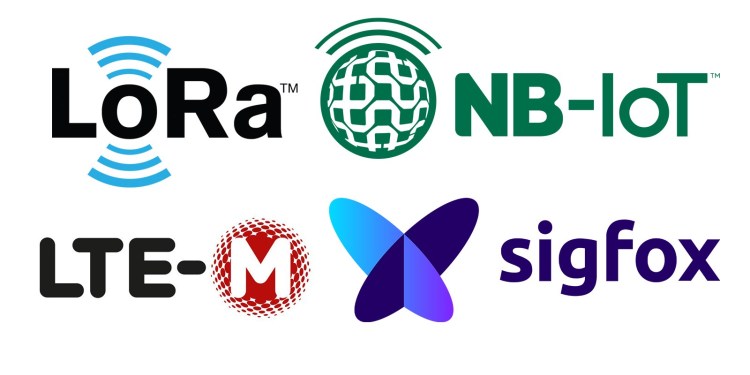
You’ve seen a number of the logos above: LoRa, NB-IoT, LTE-M, and SigFox. All of these competing wireless technologies, in the USA, are based on usage of the “Sub-GHz” frequency range.
Generally speaking in the USA, all of these technologies are using the 900MHz to 928MHz range. There’s nothing inherently special, from an RF / physics perspective between each competing technological format. The reason these companies utilize the 900MHz radio frequency bands is that the FCC permits unlicensed transmission of these devices, and in comparision to the more traditional ISM bands (300MHz - 433MHz) allows users to transmit at much higher strengths.
As a designer, one thing to keep in mind is that by no means is LoRa the only 900MHz based long-distance wireless technology to consider.
What Exactly is LoRa?
LoRa (which stands for “Long Range Wide Area”) is a proprietary spread spectrum modulation, which is based on chirp spread spectrum techniques.
Chirp spread spectrum, is a modulation technique dating back to 1973! The simplified explanation of the modulation scheme is that information is modulated into wideband linear frequency pulses, and the linear pulses can either increase or decrease over time.
Like other spread spectrum modulation schemes, the chirp spread spectrum uses the complete bandwidth of its allocation (ie. signal bandwidth) when it is broadcasting a signal. In terms of the FCC certification, we we’ll see later this quite beneficial in terms of meeting the FCC Part 15 requirements.
Through extensive RF experimentation, it’s been found that the chirp spread spectrum is quite useful as the transmitters require low power usage to transmit (relative to other forms of RF), but come at the cost of low data rates. Chirp spread spectrum is not used to transmit high amounts of data, but is intended for small packets of data. As a side benefit to the modulation it’s quite immune to noise and and multi-path fading.
On a whole, you can find similar types of RF technologies across a wide range of other hardware that is generically known as Direct-Sequence-Spread Spectrum. DSSS is equally as complicated as modulation, but for purposes of RF product design – you’ll find similiar performance.
So Why Do I hear About LoRa so much more?
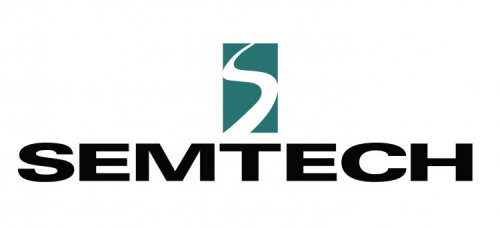
So see that LoRa is just one of a family of related modulation technologies in the 900MHz frequency band. So why is LoRa as a brand the first name people come to mind with when they think of Long-Range radios?
The answer is that LoRa started as a smaller companies product, and in 2002 the semiconductor company, Semtech acquired their intellectual property and created the marketing brand known as LoRa.
In 2002, the frequency band from 902MHz to 928MHz was not widely used for long range products and Semtech made a very good investment in a promising technology.
However, in the current space you can find comparable 900MHz transmitters using DSSS or even FSK that are capable of transmitting at similiar ranges and power levels as any LoRa based chip.
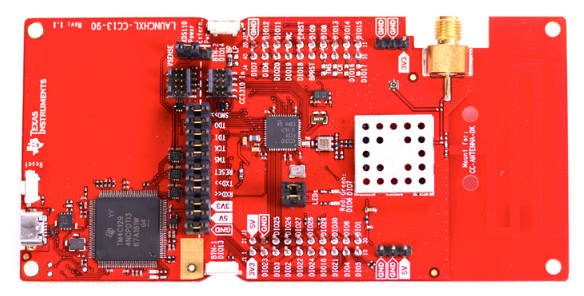
(We are also huge fans of the Texas Instruments SimpleLink / CC1310, which is a Cortex M-3 based 900MHz Wireless MCU).
Using their acquired IP Semtech was able able to produce very affordable transmitter and receiver chips that were able to be easily implemented in low cost devices that could transmit very far. Whether they knew it or not, their timing could not be better because the next wave of hardware was just starting to come out: IoT devices & mesh networking.
If I am building an IoT device, why use LoRa?

If you are building an IoT device, where you intend to build out a large group of wireless sensors or other low-current consumption type devices. You should definently consider looking into LoRa.
Building a point to point device like a garage door remote control and garage door receiver, is kind of the typical RF use case. However, with IoT devices there’s a great technical need to manage potentially hundreds of sub-devices in an organized and meaningful manner.
We have worked on building primitive mesh networks in our own hand-created firmware for other design applications, and as you can imagine it really is a lot of design work to manage devices. Can you imagine coding a timing routine to communicate with over 300 end devices from one central gateway? Neither could we, and our requirements were only to manage up to 10 sensors.
To meet the mesh networking needs of end users, Semtech wisely decided to create a unified networking protocol, the LoRaWAN. The LoRaWAN protocol is designed for wide-area networks, which are designed to allow LoRa enabled / low power radio transmitters in the sub-GHz space communicate to a LoRaWAN powered gateway. The gateway is designed to authenticate and manage the communication of all the end nodes. To our knowledge, LoRaWAN is the first sub-GHz mesh network technology to really be adopted by end users. In addition to creating this complete networking stack, Semtech decided to give the whole thing away for free to any user of their chips (it was a great marketing move, because it spurned so much adoption of the technology)! This really has helped to uptake with device manufacturers, but Semtech did not end there.
One of the great insights by Semtech, was by 2012 to create the LoRa Alliance. LoRa opened up the LoRaWAN protocol to the other end manufacturers of devices so that they too could produce “LoRa compatible” devices and potentially LoRa based networks! To date there are over 500 companies which are members of the LoRa alliance who are working on supporting this technology.
Similar to SigFox, one of the goals of the LoRa Alliance is to build out national “LoRaWAN” networks so that any LoRa device you build will be able to operate anywhere. In that sense, the LoRa Alliance & LoRaWAN is aimed at becoming a type of national sub-GHz network for IoT devices across the USA and other countries in the world.
FCC Certification of LoRa Devices & Other 900MHz Transmitters
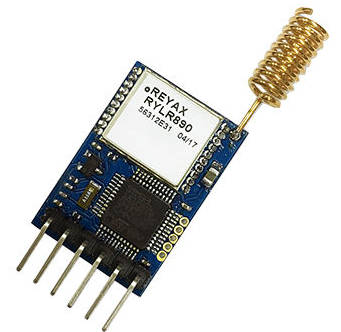
From our discussion earlier, we’ve tried to impart some context to the history of LoRa as a radio product and tried to demonstrate that there are also other 900MHz transmitters that could be used for your application.
In terms of the LoRa certification process, the requirements are same for LoRa or other radio technologies.
When looking at FCC testing 900MHz radios there are three potential paths your radio could be tested under:
Three Paths to LoRa FCC Certification:
- FCC Part 15.247 - Digital Modulation
- FCC Part 15.247 - Frequency Hopping Spread-Spectrum (FHSS)
- FCC Part 15.249 - All Other Transmission in the 900MHz range
FCC Part 15.247 - Digital Modulation
Under § 15.247 Operation within the bands 902-928 MHz, 2400-2483.5 MHz, and 5725-5850 MHz, the FCC specifies the requirements of what your transmitter must meet in order to be FCC certified.
If you look to section 15.247(2), you’ll find that the first category of systems that need to be tested must employ “digital modulation”
Digital modulation is defined in 47 CFR § 15.403, as the “The process by which the characteristics of a carrier wave are varied among a set of predetermined discrete values in accordance with a digital modulating function as specified in document ANSI C63.17-1998.”
Sorry to say, this is not incredibly helpful and is quite wide. For purposes of this discussion, any LoRa radio that Semtech produces (and most any other 900MHz competing products) meet the requirements of digital modulation so that they can be operated under FCC Part 15.247.
So why would RF companies spend the time to implement digital modulation and all the associated headaches and designed challenges inherent in them? The answer can be found in 15.247(3): for any devices that use digital modulation techniques, in the 902-928MHz band, those devices may transmit up to a strength of 1 watt (30 dBm) with the power measurement under 15.247 not being a radiated transmission strength but the conducted power output at the antenna.
1 Watt may not seem like a lot of power, but in terms of unlicensed wireless devices (like all FCC Part 15B intentional radiators), 1 watt is the maximum allowed amount of any comparable device which does not require a license to transmit. This is the primary reason wireless designers and hardware manufacturers are all working on 900MHz designs: it’s the most power you can output versus any other technology.
As we head back to FCC Part 15.247, we’ll see that in addition to our device needing to meet the digital modulation techniques requirement there are also certain rules that our device must follow in order to be FCC certified:
1) Minimum 6 dB bandwidth shall be at least 500 kHz. (FCC Part 15.247(a)(2)) 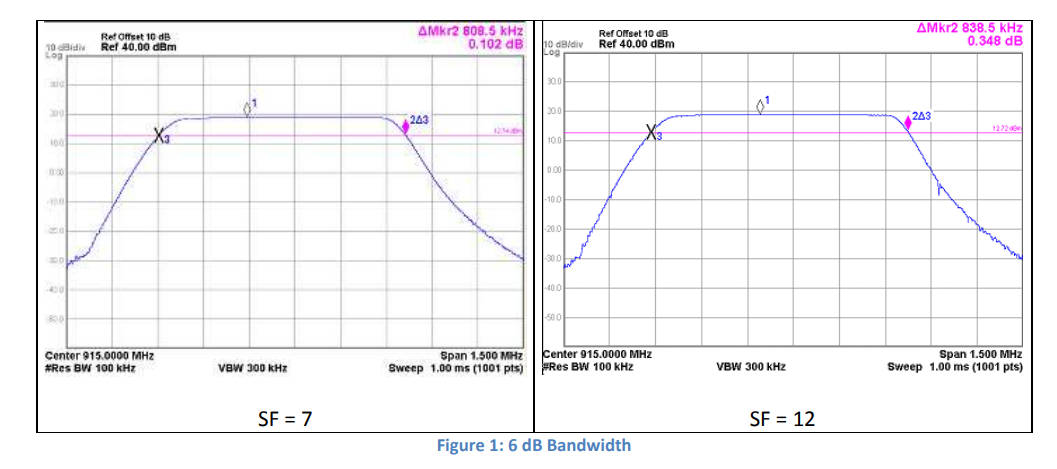
This can sound like a confusing requirement, particularly in FCC certification speak, we start to mix signal bandwidth, db & dbms, and it all sounds very confusing. If you check out the picture above, you can see quite easily what this measurement is.
In the spectrum analyzer screenshot above, you’ll see that a LoRa transmission was made at 915MHz. We captured and measured the transmission signal.
In the next step, we move from the peak of the transmission and went down 6 dB from the peak. We then measure the distance, 6 dB below, from the left to the right and found that the distance from left to right (ie. the “6 dB bandwidth”) is actually wider then 500kHz and so meets the requirements of FCC Part 15.247(a)(2).
2) Maximum peak output conducted power shall be 1 W (+30 dBm) (FCC Part 15.247(b)(3)) 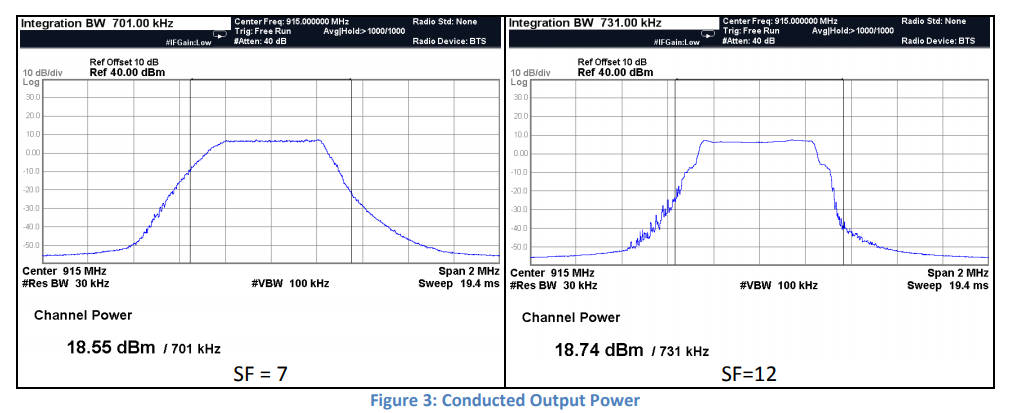
This measurement is more straightforward. In order to meet this requirement, you must measure the maximum output power of the transmitter from the antenna port and ensure that it is under 30 dBm.
In terms of potential hardware, your RF semiconductor company will specify the maximum output power of their chip. So long as you do not add any additional amplification, you should have no problem meeting the power requirements of FCC 15.247(b)(3).
3) Power Spectral Density (PSD) shall not be greater then 8 dBm in any 3kHz band (FCC Part 15.247(e)) 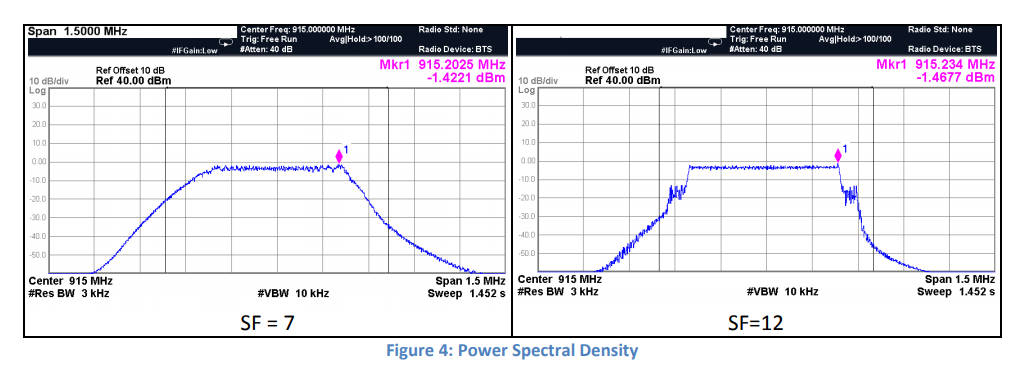
Power Spectral Density (PSD), is a bit of a complicated subject.
On the Wikipedia for Power Spectral Density, the easy way to consider power spectral density is the average power of a energy of as determined over a specific time and period.
In the case of FCC 15.247(e), the measurements for the power spectral density (8 dBm) is not only measured in a time period but in a particular bandwidth (3kHz). This measurement requires specialized EMI test receivers for an official measurements (trust us, we are not calculating this by hand…!).
Your RF-IC manufacturer should be able to tell you if your radio will meet FCC 15.247(e). In many cases, 900MHz radios can be selected with different transmission profiles and you should be able to find a transmission profile which will meet the FCC’s power spectral density requirements.
4) Emissions Outside the 902-928 MHz shall be 30dB below the maximum emission (FCC Part 15.247(d) 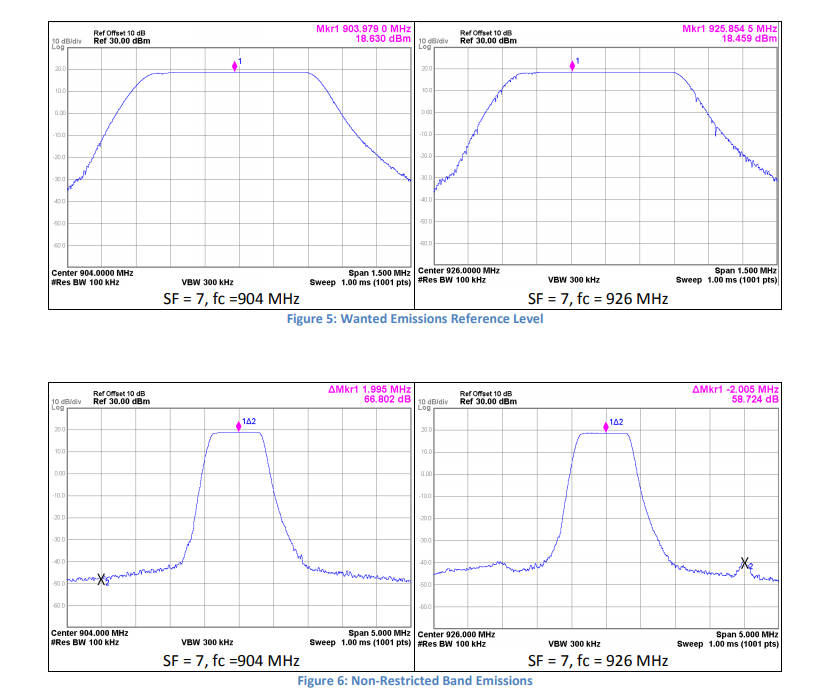
As with many types of radio transmissions & modulation types, FCC Part 15.247(d) specifies that any harmonics or modulation “spurs” that occur must be 30dB below the peak value of the fundamental transmission.
This measurement can be easily verified by examining the intentional transmission (ie. 915MHz or the related 900MHz channel) and then looking across the spectrum for any “humps” or other sources of noise that are not 30dB less then the fundamental.
RF chip manufacturers usually will have identified matching networks in their reference designs to control for these spurs, so it is always recommend to implement their default matching network as a starting point. However, we do recommend eventual antenna tuning to optimize the matching network for the final product enclosure.
FCC Part 15.247 - Frequency Hopping Spread Spectrum (FHSS)
Most LoRa FCC certifications are based on the digital modulation techniques as outline in the section above. However, for other 900MHz devices and for devices using LoRaWAN these devices are tested under the Frequency Hopping Spread spectrum rules of FCC Part 15.247.
Conceptually, frequency hopping is a much more complicated system to implement. In a frequency hopping device, under the FCC’s rules, a LoRa transmitter must randomly transmit on a channel and a receiver must be listening at the correct time on the right channel in order to receive the message. The idea may sound easy, but when you get down to a firmware level implementing a frequency hopping system is much more difficult then you would think.
As we noted above, LoRaWAN, as a protocol implements an FCC compliant frequency hopping scheme. Imagine though that the LoRa gateway is somehow able to transmit on hopping channels but also somehow manage to get hundreds of end-node devices to receive and transmit back messages as needed!
So why would developer go through the arduous task of implenting a frequency hopping system? If you go back to FCC Part 15.247(a)(2), you’ll remember that any digital modulated signal must be greater then 500kHz at the 6dB bandwidth. One of the disadvanages of such a wide signal bandwidth is that signals do not travel as far. For example, if you outputted with the same signal strength a 50kHz wide signal would vastly out travel a 500kHz signal bandwith.
However, in order to use a 50kHz signal under FCC Part 15.247, you have to use Frequency Hopping.
The regulatory justification for this is that if thousands of users create fixed channel radios with high powered narrow band signals eventually no one would be able to use the 902 - 928MHz frequency range. So the FCC decided that if you implement a frequency hopping scheme, that will evenly distribute signals across the spectrum in a manner approach random noise and so the spectrum can be shared on an unlicensed basis across many different users.
So the short answer for why to use frequency hopping: you can use narrowband signals, but you’ll have to code or use an existing frequency hopping solution which is FCC compliant.
Requirements to Meet FCC Part 15.247 Frequency Hopping
- Channel Separation, FCC Part 15.247(a)(1), Frequency hopping systems shall have channel frequencies seperated by a minimum of 25 kHz or the 20 dB bandwidth of the hopping
- Channels Required, Less than 250kHz, FCC Part 15.247(a)(1)(i), For any frequency hopping systems operating in the 902-928MHz band, if the 20 dB bandwidth of the hopping channel is less than 250 kHz, the frequency hopping channels shall be at least 50 & the average time of occupancy on any individual channels shall not be greater than 0.4 seconds within a 20 second period.
- Channels Required, More than 250 kHz, FCC Part 15.247(a)(1)(i), For any frequency hopping system operating in the 902-928Mhz band, if the 20 dB bandwidth of the system is greater then 250 kHz the system shall use at least 25 hopping chanells, and the average time of occupancy on any channel shall not be greater then 0.4 within a ten second period.
- Power output, FCC Part 15.247(b)(1), For frequency hopping devices in the 902-928MHz band, for devices with at least 50 hopping channels an end device may transmit up to 1 watt; for devices with less then 50 hopping channels end devices can up to 0.25 watts.
As you can read from the FCC Part 15.247 Frequency Hopping requirements, certifying an FCC device under FHSS can be a quite a daunting task. You’ll need to ensure that your device meets the channel requirements, occupancy requirements, and then also functions with the desired latency in your end application.
This is one key advantage in implementing the LoRaWAN stack is that all of those painstaking firmware work has been taken care of already, so that you do not need to worry about an FCC compliant frequency hopping scheme.
FCC Part 15.249 - Other 900MHz FCC Certification
In one last possible case for FCC certification of 900MHz transmitters, we can look to § 15.249 Operation within the bands 902-928 MHz, 2400-2483.5 MHz, 5725-5875 MHZ, and 24.0-24.25 GHz.
In some cases your 900MHz transmitter, will not meet the digital modulation techniques as required in FCC Part 15.247 and it also cannot frequency hop at a hardware level. The FCC has provision for testing this types of transmitters.
In general, most newer radios in the 902-928MHz space are employing digital modulation techniques in order to comply with FCC Part 15.247 but you’ll find older radios that may not comply with the requirements and may use narrow-band modulation that will not the 500 kHz / 6 dB requirement.
Unlike with FCC Part 15.247 which measures the conducted output power of those radios. FCC Part 15.249 measured the field strength of emissions from the intentional radiator.
Requirements to Meet FCC Part 15.249
- Maximum Permitted Fundamental Transmit Strength, FCC Part 15.249(a), the maximum permitted field strength of the intentional transmissions shall not be greater than 50mV/m at a 3 meter distance
- Maximum Permitted Harmonics Transmit Strength, FCC Part 15.249(a), the maximum permitted field strength of any harmonics (ie. “spurs”) shall not be greater than 500µV/at a 3 meter distance
- Radiated emissions other than Harmonics, FCC Part 15.249(d), Any emissions outside the intentional band of operation, except for harmonics from the intentional radiator, shall be at least 50 dB below the level of the fundamental
- Duty Cycle Correction Factor, FCC Part 15.31, Users may be able to apply a duty cycle correction factor, as per 47 CFR § 15.31 - Measurement standards to adjust the maximum permitted field strength measurements
How Can Sunfire Testing Assist with my LoRA FCC Certification?
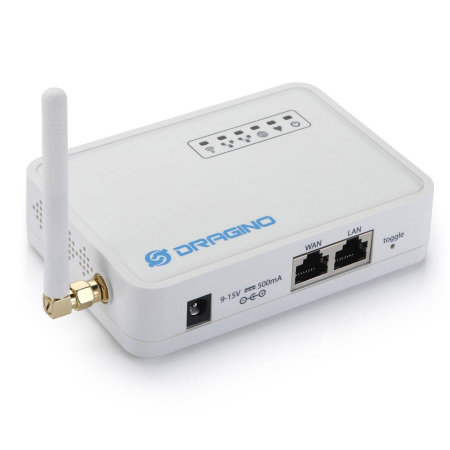
As wireless designers, we’ve worked on dozens of LoRa & other 900MHz based transmitter based projects. We’ve worked on 900MHz designs that employ digital modulation techniques to meet the requirements for FCC certification under FCC Part 15.247, we’ve coded our own frequency hopping schemes in order to employ narrowband operation to meet FCC Part 15.247’s FHSS requirements, and we’ve worked on simpler ASK / OOK 900MHz transmitters which were evaluated under 15.249.
- Whether you need assistance in the FCC certification & testing of a de-facto LoRa product or any other related 900MHz technology, we have tested every major semiconductor companies chips in end designs and are very familiar with SDKs and test suites. We can assist you in the firmware preparations and help set up your company for quick and efficient testing.
- Because we have experienced with such a broad range of devices, we are very familiar with the individual quirks and harmonics of each radio and can make pre-testing recommendations on adjustments to filter values based on the devices we’ve seen in the past (for example, we are aware of one particular major LoRa module manufacturer whose modules produce spurious emissions which are consistenly over the FCC limits)
- Our EMC testing team, provides full comprehensive support at the semiconductor level. We understand what it is like designing and building these boards and end products, our project pricing includes not only testing but the related suppport the product packaging, labeling, and declarations needed to bring your product into full compliance in your target markets.
If you are working on LoRa design or considering another related 900MHz radio, contact us today for a quote for your next wireless design. One of our experienced staff will be happy to talk through any design questions and provide a comprehensive testing quote for your FCC certification or other needs.
We make compliance testing easy.
Submit your project details today for a no-cost quote
Request Quote